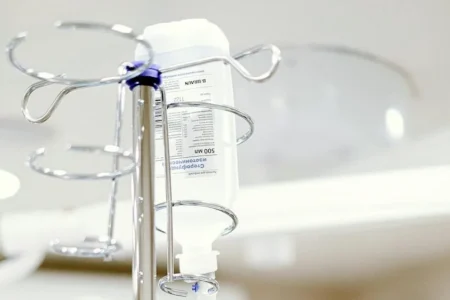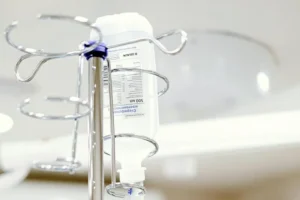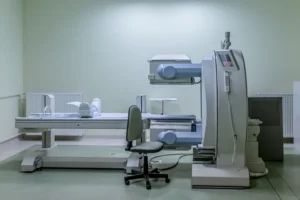How to Successfully Translate a Medical Diagnostic Project?
- Updated on: Dec 12, 2023
- 3 min Read
- Published on Dec 28, 2022

So you don’t want any poor-quality translations jeopardizing your chances of success, do you? But, how can you ensure that your next medical diagnostic project goes through a successful translation?
Well, for your convenience, we’ve compiled a handy list of six essential steps that, if followed, can help you achieve the success you desire.
i) Double-check the Source Text
To get an excellent translation, the first ingredient is to set your original text right. What do we mean by it? Your source text should be free from errors as well as the use of colloquialisms.
But this isn’t always the case since the author of the text could be:
- Someone whose principal duties do not include writing
- A member of your medical transcriptionists team whose first language is not English
- A group of people whose collaboration resulted in inconsistencies
In order to overcome such obstacles, you need to undergo a linguistic review of the reference material or source text. Any medication translation services partner you work with should be able to do that. You can ask them for a linguistic review, which often requires subject-matter expertise.
The subject-matter expert will help make sure the source text is of the highest quality possible by:
- Fixing incorrect grammar (if any)
- Using the same style throughout the content
- Spelling everything correctly (either following UK or US English)
- Ensuring consistency across the use of the company’s medical terminology
ii) Compile a List of Key Terms
Do this before the translation project actually begins. Create a glossary of key concepts and terminologies right at the start. And provide them to the company you hire for professional medical translation services. Your translation and localization partner can then translate these terms and send them back to you if you need to approve them. If you follow this step, it will help you to avoid any terminology queries related to medical diagnostics that may arise during the translation process.
- This list will also help in cases where your company interprets some terms slightly differently than the wider industry. So, your translators will be using the terminology you prefer, rather than the standard translations possible.
- There would be many terms that must not go through any translation. Such as your company name, trademark, logo, chemical names, and product names. Hence, you can let translators know about the “Don’t Translate” list. This would help in many cases such as it will exclude such terms from the translation word count.
iii) Communicate early about any Special Requirements
Say, you have a medical diagnostics product that also includes a software component. But you don’t want a translation for your software. In such cases, the best way is to inform your translator at the very beginning that what needs to be translated and what does not.
Have a clear plan and consider whether the translators should leave buttons/software untranslated or translate them with the original English terms in brackets. Practicing early communication about such considerations will help ensure there are no conflicting translations anywhere, whether it’s your medical device, software, user manual, or online help.
iv) Decide on a Translation Review Strategy
If your internal staff is capable of reviewing the translated text for quality, consistency, and other linguistic aspects of it. And you would like to assess translation after it’s completed and suggest any changes to make it market-fit. You must communicate these things to your partner. This will allow them to set aside appropriate time for client review.
When it comes to reviewing the completed output, there are many ways possible. You have to decide when your internal team would like to get into this review cycle. For instance, one way is to take a look at when the first few hundred or thousand words have been translated. Another example is to review the translation before it goes to the stage of 3rd party review. Similarly, you can decide on a strategy that you will review the final PDFs before the partner sends them to print.
v) Go for a third-party Review if Needed
Your initial team has provided you with the translations but you can include a third-party review in the process. How to go about that? You can ask the localization partner you worked with. And they should be able to assign a different team to carry out an independent review of the translation.
The purpose of the third-party review is to validate that the translations produced faithfully represent the original source. Plus, there are no inconsistencies and the translation is safe to go to the patients.
vi) Select a Life Science Translation Provider
Finally, choosing the right translation and localization partner is extremely essential to the success of your project. Always go with a vendor who specializes in life science translation services.
- A company that’s an expert in medical translations means your project is in safe hands.
- Such companies will also have relevant ISO certifications. They would be following a documented process and making sure that everything is standardized according to best practices.
Conclusion
In this blog, we discussed some useful tips about making a medical diagnostic translation project successful. Follow this advice the next time you need any medical diagnostic documents, products, or software translated, and you’ll thank us.











